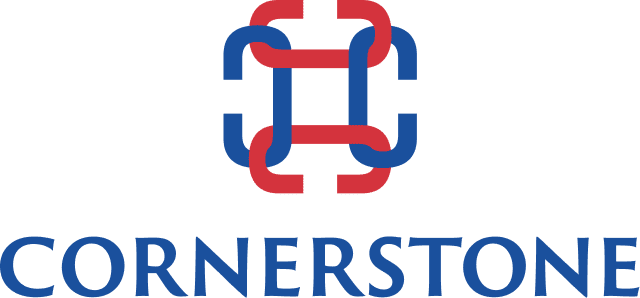Agile Recruiting in 2021
Does the Executive Search procedure still relate to work taking place in conditions of high uncertainty? As more organizations adopt the Agile methodology, executive recruiters are finding they also must develop new approaches and processes to find and engage the elusive Agile candidate.
Companies with a workforce that can adapt quickly — to new company policies or direction based on the economic or competitive climate — are the ones most likely survive. That leads to the question: how do you build an Agile workforce? How can agile recruiting find those individuals best able to adapt to new situations and thrive in a changing environment?
With Agile, we’re no longer looking for the perfect candidate. The company needs to effect change as quickly as possible and we are looking for the most suitable candidate for the situation in the shortest period of time. When the need is for Agile recruiting solutions, the emphasis in search and assessment shifts from the availability of relevant professional experience (although this is certainly a very important criterion), to the candidate’s capabilities to address and manage change, capabilities which may not be confirmed by past experience.
Executive recruiting today increasingly faces the need to find key managers at the intersection of two or more industries. This has been especially evident in Life Science, confirmed by a study conducted by our group Cornerstone International Group – Key challenges in Life Science & Healthcare 2020
Until recently, such a combination of experience was not possible, for example, “a leader with a background in medicine and IT”. And even when this unique combination of experience is available, it is not enough. It takes the right mindset to run an organization in today’s VUCA world.
What approaches in top recruiting will attract the best candidate? Let’s remember the basics of the Agile methodology:
- People and interaction are more important than processes and tools;
- Advancement is through successive projects with near-term goals
- Cooperation with the clients is more important than agreeing on the terms of the contract;
- Being ready for change is more important than following the original plan.
These approaches imply the capacity of the client to suddenly and unexpectedly put forward new requirements, often contradicting the original candidate profile. The strategic goals and objectives of the organization may remain the same, but the ways of achieving them may change.
If a search is carried out “in advance”, a clear and understandable job description alone will most likely not work. It is necessary to rely on an understanding of the company’s strategy, its goals, capabilities, values and its development. The search process itself is being transformed and is now based on:
- Work in short cycles;
- Active use of feedback to adjust search and assess;
- The search itself can become on-going after the vacancy is filled. It now reflects a shared way of thinking and life of the company, the formation of Agile project approaches, and the arguments for attracting other project managers.
If the candidate is not found quickly enough, the task will be transformed, the business will not wait for the “perfect” leader.
The emphasis in Executive Search is shifting. We are looking for combinations of values and personal characteristics of the candidate over the traditional work experience. With the aid of increasingly sophisticated software, the ability of a consultant to assess the coincidences and differences of the value field comes to the fore.






